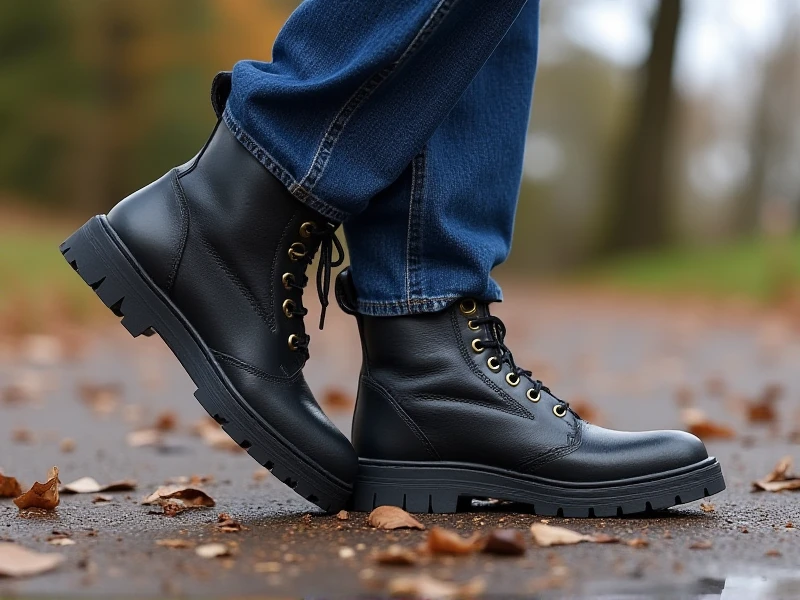Essential Guide to Choosing Safety Boots for Workplace Protection

Don't compromise on workplace safety. The right pair of safety boots is the essential foundation for protecting your feet from a myriad of hazards prevalent in demanding industrial environments. Whether you work in construction, manufacturing, warehousing, logistics, or any role requiring robust foot protection, investing in quality safety boots is non-negotiable.
Why Safety Boots Are Crucial
Every day, workers face significant risks like heavy falling objects, sharp punctures from nails or debris, slippery surfaces, electrical hazards, extreme temperatures, and corrosive chemicals. Ordinary footwear simply lacks the specialized features to shield against these dangers. Safety boots are engineered with purpose:
- Steel or Composite Toe Caps: The vital core feature, meeting standards like ASTM F2413 or EN ISO 20345, shields toes from crushing injuries caused by impacts up to specified force levels.
- Puncture-Resistant Midsoles: A hidden barrier beneath the foot stops sharp objects, like nails or shards, from piercing the sole.
- Slip-Resistant Outsoles: Engineered tread patterns and rubber compounds provide superior grip on oily, wet, or uneven surfaces, drastically reducing fall risks.
- Electrical Hazard (EH) Resistance: Insulating soles protect against accidental contact with live circuits.
- Waterproofing and Durability: Quality materials (leather, synthetic fabrics) shield feet from liquids and abrasion, ensuring longevity.
Selecting the Perfect Safety Boots
Choosing isn't just about ticking boxes. Consider:
- Your Specific Hazards: Identify the primary risks in your role. Is impact protection critical? Are slippery floors the main concern? Electrical risks? Match the boot's features precisely to your environment.
- Comfort and Fit: You'll wear them for hours! Prioritize ergonomic design, adequate arch support, cushioning, and breathability. Ill-fitting boots cause fatigue and discomfort, discouraging wear. Try them on (with work socks!) to ensure a snug, supportive fit.
- Safety Standards: Look for clear markings indicating compliance with relevant safety standards (e.g., ASTM F2413 in the US, EN ISO 20345 in Europe). This is your guarantee of tested protection.
- Material and Construction: Consider leather for durability and abrasion resistance or lightweight synthetics for breathability. Look for robust stitching and high-wear areas reinforced.
- Ankle Support: Higher-cut boots provide extra stability on uneven terrain.
Beyond Basic Compliance
Modern safety boots offer more than just protection. Look for features enhancing daily comfort:
- Cushioned Insoles and Midsoles: For shock absorption and all-day comfort.
- Breathable Linings: Helping manage moisture (sweat) keeps feet drier and healthier.
- Lightweight Materials: Reduces leg fatigue over long shifts. Advanced materials achieve high safety levels without excessive weight.
Investing in the best safety boots suitable for your job is a direct investment in your personal safety, comfort, and long-term well-being. Never underestimate their role – they are your first line of defense on the job site. Always inspect your boots regularly for signs of damage and replace them when compromised. Protect your foundation – protect your feet with reliable safety boots. Ready to step up your safety game?